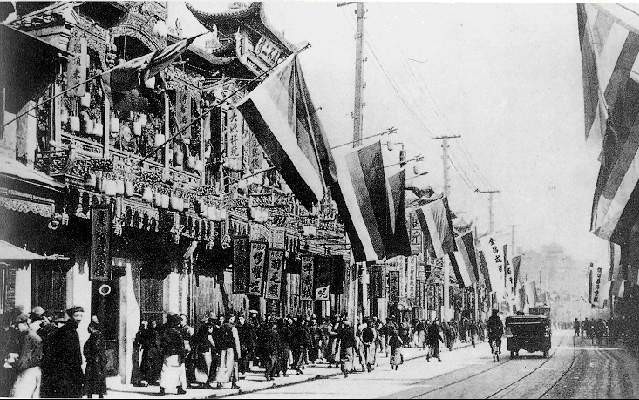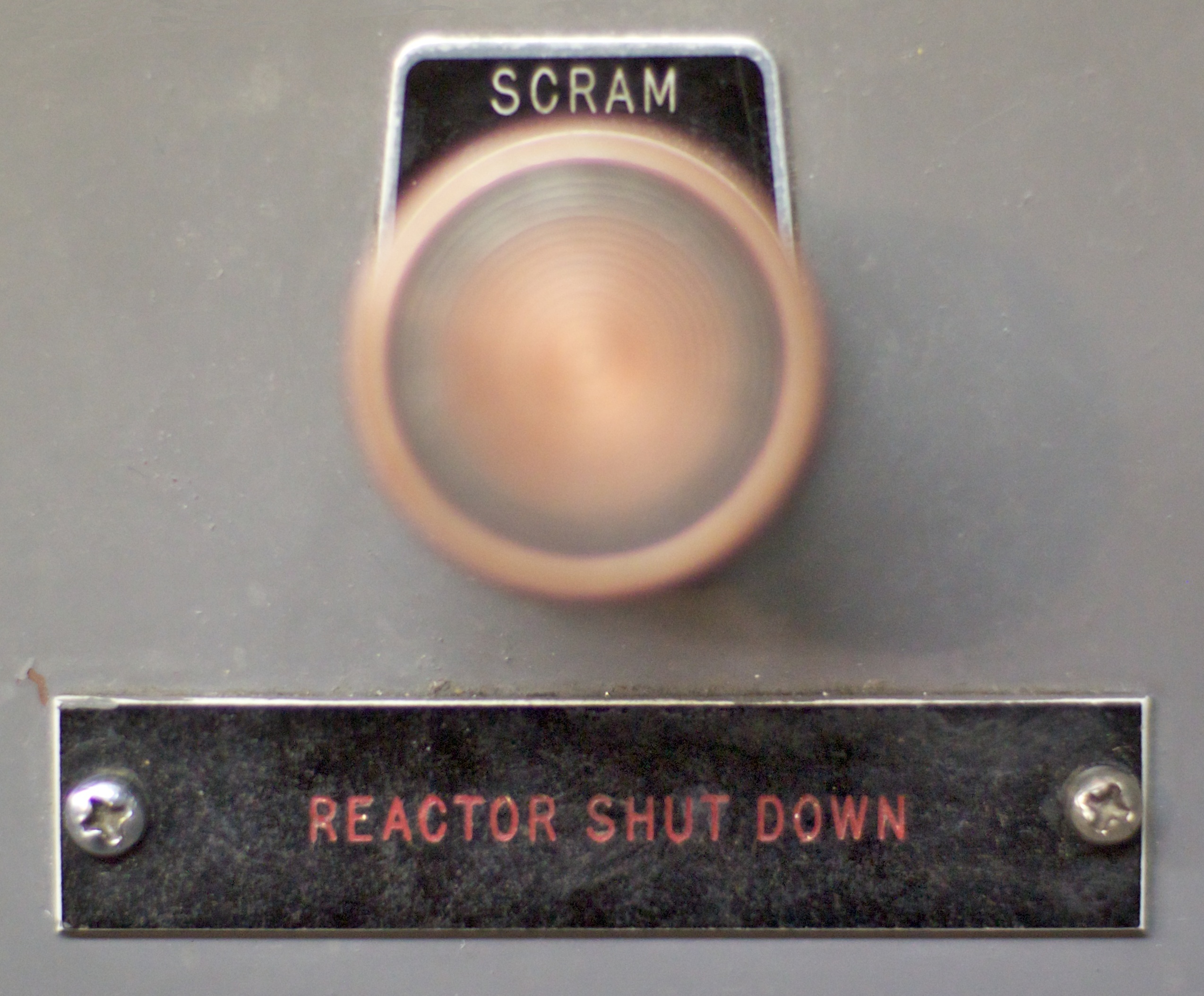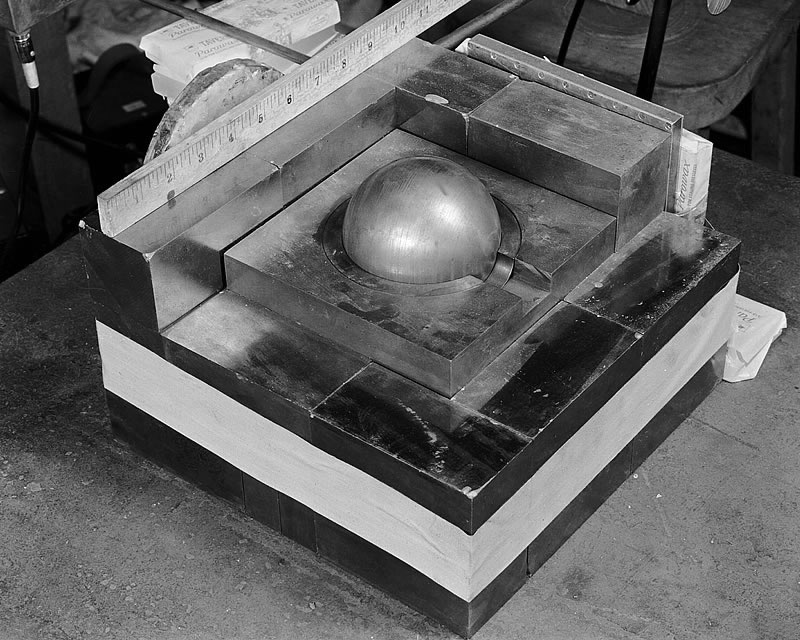|
Xe-135
Xenon-135 (135Xe) is an unstable isotope of xenon with a half-life of about 9.2 hours. 135Xe is a fission product of uranium and it is the most powerful known neutron-absorbing nuclear poison (2 million barns; up to 3 million barns under reactor conditions), with a significant effect on nuclear reactor operation. The ultimate yield of xenon-135 from fission is 6.3%, though most of this is from fission-produced tellurium-135 and iodine-135. 135Xe effects on reactor restart In a typical nuclear reactor fueled with uranium-235, the presence of 135Xe as a fission product presents designers and operators with problems due to its large neutron cross section for absorption. Because absorbing neutrons can detrimentally affect a nuclear reactor's ability to increase power, reactors are designed to mitigate this effect; operators are trained to properly anticipate and react to these transients. In fact, during World War II, Enrico Fermi suspected the effect of Xe-135, and followed the advi ... [...More Info...] [...Related Items...] OR: [Wikipedia] [Google] [Baidu] |
Enrico Fermi
Enrico Fermi (; 29 September 1901 – 28 November 1954) was an Italian (later naturalized American) physicist and the creator of the world's first nuclear reactor, the Chicago Pile-1. He has been called the "architect of the nuclear age" and the "architect of the atomic bomb". He was one of very few physicists to excel in both theoretical physics and experimental physics. Fermi was awarded the 1938 Nobel Prize in Physics for his work on induced radioactivity by neutron bombardment and for the discovery of transuranium elements. With his colleagues, Fermi filed several patents related to the use of nuclear power, all of which were taken over by the US government. He made significant contributions to the development of statistical mechanics, Quantum mechanics, quantum theory, and nuclear physics, nuclear and particle physics. Fermi's first major contribution involved the field of statistical mechanics. After Wolfgang Pauli formulated his Pauli exclusion principle, exclusion pri ... [...More Info...] [...Related Items...] OR: [Wikipedia] [Google] [Baidu] |
Chien-Shiung Wu
) , spouse = , residence = , nationality = ChineseAmerican , field = Physics , work_institutions = Institute of Physics, Academia SinicaUniversity of California at BerkeleySmith CollegePrinceton UniversityColumbia UniversityZhejiang University , alma_mater = National Central University University of California, Berkeley , doctoral_advisor = Ernest Lawrence , thesis_title = I. The Continuous X-Rays Excited by the Beta-Particles of . II. Radioactive Xenons , thesis_url = , thesis_year = 1940 , doctoral_students = , known_for = , influences = , influenced = , awards = , footnotes = , signature = Chien-Shiung Wu ( zh, t=吳健雄, p=Wú Jiànxióng, w=Wu2 Chien4-hsiung2; May 31, 1912 – February 16, 1997) was a Chinese-American particle and experimental physicist who made significant contributions in the fields of nuclear and particle physics. Wu worked on the Manhattan Project, where she helped develop the process for separating uranium into uraniu ... [...More Info...] [...Related Items...] OR: [Wikipedia] [Google] [Baidu] |
B Reactor
The B Reactor at the Hanford Site, near Richland, Washington, was the first large-scale nuclear reactor ever built. The project was a key part of the Manhattan Project, the United States nuclear weapons development program during World War II. Its purpose was to convert natural (not isotopically enriched) uranium metal into plutonium-239 by neutron activation, as plutonium is simpler to chemically separate from spent fuel assemblies, for use in nuclear weapons, than it is to isotopically enrich uranium into weapon-grade material. The B reactor was fueled with metallic natural uranium, graphite moderated, and water-cooled. It has been designated a U.S. National Historic Landmark since August 19, 2008 and in July 2011 the National Park Service recommended that the B Reactor be included in the Manhattan Project National Historical Park commemorating the Manhattan Project. Visitors can take a tour of the reactor by advance reservation. Reactor design and construction The reactor was ... [...More Info...] [...Related Items...] OR: [Wikipedia] [Google] [Baidu] |
Emilio Segrè
Emilio Gino Segrè (1 February 1905 – 22 April 1989) was an Italian-American physicist and Nobel laureate, who discovered the elements technetium and astatine, and the antiproton, a subatomic antiparticle, for which he was awarded the Nobel Prize in Physics in 1959 along with Owen Chamberlain. Born in Tivoli, near Rome, Segrè studied engineering at the University of Rome La Sapienza before taking up physics in 1927. Segrè was appointed assistant professor of physics at the University of Rome in 1932 and worked there until 1936, becoming one of the Via Panisperna boys. From 1936 to 1938 he was director of the Physics Laboratory at the University of Palermo. After a visit to Ernest O. Lawrence's Berkeley Radiation Laboratory, he was sent a molybdenum strip from the laboratory's cyclotron accelerator in 1937, which was emitting anomalous forms of radioactivity. After careful chemical and theoretical analysis, Segrè was able to prove that some of the radiation was being pro ... [...More Info...] [...Related Items...] OR: [Wikipedia] [Google] [Baidu] |
Molten Salt Reactor
A molten salt reactor (MSR) is a class of nuclear fission reactor in which the primary nuclear reactor coolant and/or the fuel is a molten salt mixture. Only two MSRs have ever operated, both research reactors in the United States. The 1950's Aircraft Reactor Experiment was primarily motivated by the compact size that the technique offers, while the 1960's Molten-Salt Reactor Experiment aimed to prove the concept of a nuclear power plant which implements a thorium fuel cycle in a breeder reactor. Increased research into Generation IV reactor designs began to renew interest in the technology, with multiple nations having projects, and , China is on the verge of starting its TMSR-LF1 thorium MSR. MSRs are considered safer than conventional reactors because they operate with fuel already in a molten state, and in some designs in the event of an emergency, the fuel mixture is designed to drain from the core to a containment vessel where it will solidify in fuel drain tanks. This pre ... [...More Info...] [...Related Items...] OR: [Wikipedia] [Google] [Baidu] |
SCRAM
A scram or SCRAM is an emergency shutdown of a nuclear reactor effected by immediately terminating the fission reaction. It is also the name that is given to the manually operated kill switch that initiates the shutdown. In commercial reactor operations, this type of shutdown is often referred to as a "scram" at boiling water reactors (BWR), a "reactor ''trip''" at pressurized water reactors and at a CANDU reactor. In many cases, a scram is part of the routine shutdown procedure, which serves to test the emergency shutdown system. The etymology of the term is a matter of debate. United States Nuclear Regulatory Commission historian Tom Wellock notes that ''scram'' is English-language slang for leaving quickly and urgently, and cites this as the original and most likely accurate basis for the use of ''scram'' in the technical context. A persistent alternative explanation posits that ''scram'' is an acronym for "safety control rod axe man", which was supposedly coined by Enrico ... [...More Info...] [...Related Items...] OR: [Wikipedia] [Google] [Baidu] |
Chernobyl Disaster
The Chernobyl disaster was a nuclear accident that occurred on 26 April 1986 at the No. 4 reactor in the Chernobyl Nuclear Power Plant, near the city of Pripyat in the north of the Ukrainian SSR in the Soviet Union. It is one of only two nuclear energy accidents rated at seven—the maximum severity—on the International Nuclear Event Scale, the other being the 2011 Fukushima nuclear disaster in Japan. The initial emergency response, together with later decontamination of the environment, involved more than 500,000 personnel and cost an estimated 18 billion roubles—roughly US$68 billion in 2019, adjusted for inflation. The accident occurred during a safety test meant to measure the ability of the steam turbine to power the emergency feedwater pumps of an RBMK-type nuclear reactor in the event of a simultaneous loss of external power and major coolant leak. During a planned decrease of reactor power in preparation for the test, the operators accidentally dropp ... [...More Info...] [...Related Items...] OR: [Wikipedia] [Google] [Baidu] |
Criticality Accident
A criticality accident is an accidental uncontrolled nuclear fission chain reaction. It is sometimes referred to as a critical excursion, critical power excursion, or divergent chain reaction. Any such event involves the unintended accumulation or arrangement of a critical mass of fissile material, for example enriched uranium or plutonium. Criticality accidents can release potentially fatal radiation doses, if they occur in an unprotected environment. Under normal circumstances, a critical or supercritical fission reaction (one that is self-sustaining in power or increasing in power) should only occur inside a safely shielded location, such as a reactor core or a suitable test environment. A criticality accident occurs if the same reaction is achieved unintentionally, for example in an unsafe environment or during reactor maintenance. Though dangerous and frequently lethal to humans within the immediate area, the critical mass formed would not be capable of producing a massi ... [...More Info...] [...Related Items...] OR: [Wikipedia] [Google] [Baidu] |
Critical Mass
In nuclear engineering, a critical mass is the smallest amount of fissile material needed for a sustained nuclear chain reaction. The critical mass of a fissionable material depends upon its nuclear properties (specifically, its nuclear fission cross-section), density, shape, enrichment, purity, temperature, and surroundings. The concept is important in nuclear weapon design. Explanation of criticality When a nuclear chain reaction in a mass of fissile material is self-sustaining, the mass is said to be in a ''critical'' state in which there is no increase or decrease in power, temperature, or neutron population. A numerical measure of a critical mass is dependent on the effective neutron multiplication factor , the average number of neutrons released per fission event that go on to cause another fission event rather than being absorbed or leaving the material. When ''k'' = 1, the mass is critical, and the chain reaction is self-sustaining. A ''subcritical'' mass is a ... [...More Info...] [...Related Items...] OR: [Wikipedia] [Google] [Baidu] |
Control Rod
Control rods are used in nuclear reactors to control the rate of fission of the nuclear fuel – uranium or plutonium. Their compositions include chemical elements such as boron, cadmium, silver, hafnium, or indium, that are capable of absorbing many neutrons without themselves decaying. These elements have different neutron capture cross sections for neutrons of various energies. Boiling water reactors (BWR), pressurized water reactors (PWR), and heavy-water reactors (HWR) operate with thermal neutrons, while breeder reactors operate with fast neutrons. Each reactor design can use different control rod materials based on the energy spectrum of its neutrons. Control rods have been used in nuclear aircraft engines like Project Pluto as a method of control. Operating principle Control rods are inserted into the core of a nuclear reactor and adjusted in order to control the rate of the nuclear chain reaction and, thereby, the thermal power output of the reactor, the rate of stea ... [...More Info...] [...Related Items...] OR: [Wikipedia] [Google] [Baidu] |
Transient State
A system is said to be transient or in a transient state when a process variable or variables have been changed and the system has not yet reached a steady state. The time taken for the circuit to change from one steady state to another steady state is called the transient time. Examples Chemical Engineering When a chemical reactor is being brought into operation, the concentrations, temperatures, species compositions, and reaction rates are changing with time until operation reaches its nominal process variables. Electrical engineering When a switch is flipped in an appropriate electrical circuit containing a capacitor or inductor, the component draws out the resulting change in voltage or current (respectively), causing the system to take a substantial amount of time to reach a new steady state. We can define a transient by saying that when a quantity is at rest or in uniform motion and a change in time takes place , changing the existing state , a transient has taken place. W ... [...More Info...] [...Related Items...] OR: [Wikipedia] [Google] [Baidu] |
Neutron Multiplication Factor
In nuclear physics, a nuclear chain reaction occurs when one single nuclear reaction causes an average of one or more subsequent nuclear reactions, thus leading to the possibility of a self-propagating series of these reactions. The specific nuclear reaction may be the fission of heavy isotopes (e.g., uranium-235, 235U). A nuclear chain reaction releases several million times more energy per reaction than any chemical reaction. History Chemical chain reactions were first proposed by German chemist Max Bodenstein in 1913, and were reasonably well understood before nuclear chain reactions were proposed. It was understood that chemical chain reactions were responsible for exponentially increasing rates in reactions, such as produced in chemical explosions. The concept of a nuclear chain reaction was reportedly first hypothesized by Hungarian scientist Leó Szilárd on September 12, 1933. Szilárd that morning had been reading in a London paper of an experiment in which protons f ... [...More Info...] [...Related Items...] OR: [Wikipedia] [Google] [Baidu] |







